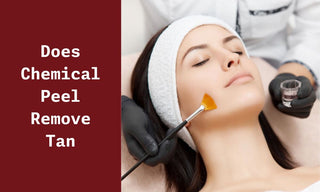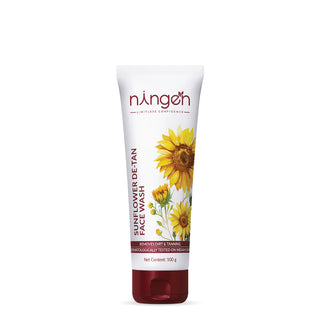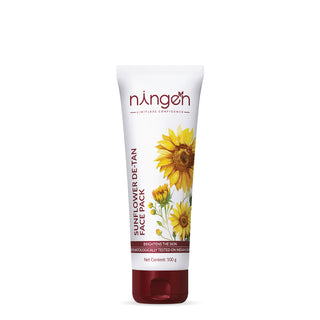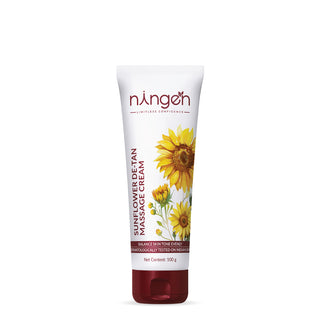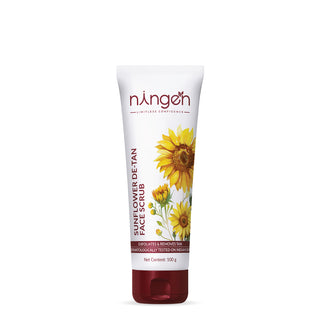Chemical peels are cosmetic treatments that aim to improve the appearance and texture of the skin. They involve the application of a chemical solution to the skin, which causes controlled damage to the outermost layers. This process triggers the skin to shed its damaged layers, revealing new, healthier skin underneath.
Introduction
Chemical peels have been used for many years to treat various skin concerns such as acne, wrinkles, and hyperpigmentation. They can also be effective in removing tan as they help in exfoliating the top layer of your skin, which often contains tanned or sun-damaged skin cells. As these old skin cells peel off, they can take some of the tan with them, revealing the fresher, untanned skin below. However, the effectiveness of the peel in removing tan depends on factors like the type of peel used and the depth of the tan. Also, chemical peels sometimes lead to skin infections, rashes, and skin discoloration.
In this article, we’ll discuss does chemical peel remove tan and how it's important to follow your skincare professional's advice and protect your skin from the sun with safe de-tan skincare products after the peel to prevent further tanning.
What is Chemical Peeling?
Chemical peels are a kind of skin treatment. They involve applying a special solution to your skin, which makes the top layer of your skin peel off. This helps remove dead skin cells and can make your skin look fresher and smoother.
There are different strengths of peels, from mild to intense, depending on what skin issues you want to address. Mild peels are like a gentle exfoliation, while stronger ones can help with acne scars or wrinkles. After a peel, your skin might be a bit sensitive, so it's important to protect it from the sun and follow your skincare expert's advice.
How Does Chemical Peel Remove Tan?
Chemical peels work by exfoliating the outermost layers of the skin, which contains darkened and damaged cells. The chemical solution used in the peel breaks down the bonds between these cells, allowing them to be sloughed off. As a result, the tan gradually fades away, revealing a brighter and more even complexion.
Types of Chemical Peels For Tan Removal
There are different types of chemical peels available for tan removal. The type of peel recommended will depend on factors such as the individual's skin type, tan severity, and desired results.
- Light peels (Superficial): They are gentle and provide subtle results. Light peels are suitable for mild tans and can be done regularly for maintenance.
- Medium peels: Medium peels penetrate deeper into the skin and provide more noticeable results. Medium peels are suitable for moderate tans and may require some downtime for recovery.
- Deep peels: Deep peels penetrate the deepest layers of the skin and provide dramatic results. Deep peels are suitable for severe tans but require significant downtime and careful aftercare.
Actives Used in Chemical Peel
Chemical peels are dermatological procedures that utilize various active ingredients to enhance skin texture, tone, and overall appearance. These treatments involve applying a chemical solution to the skin, which causes controlled exfoliation of the outermost layer, encouraging cellular turnover and addressing a range of skin concerns. Commonly used actives include alpha hydroxy acids (AHAs), beta hydroxy acids (BHAs), and trichloroacetic acid (TCA).
AHAs like glycolic and lactic acid are milder and work on the skin's surface, effectively removing dead skin cells, improving texture, and promoting a youthful glow. BHAs, such as salicylic acid, penetrate deeper into pores, making them effective for treating acne, congestion, and refining skin texture.
TCA is a stronger acid that targets deeper layers of skin, making it suitable for more severe concerns like fine lines, wrinkles, and pigmentation irregularities. However, its strength also increases the risk of side effects.
The advantages of chemical peels include reduced appearance of fine lines, smoother texture, diminished acne scars, and improved radiance.
Yet, these benefits can be accompanied by potential side effects such as redness, peeling, temporary sensitivity, and, in rare cases, scarring or infection. It's crucial to choose the right active and concentration based on individual skin type and concerns. Consulting with a qualified dermatologist or skincare professional can ensure a tailored approach, optimizing results while minimizing risks.
Benefits of Chemical Peels to Get Rid of Tan
There are various advantages of using chemical peels to remove skin tan.
- Chemical peels can effectively de-tan your skin and expose younger-looking skin.
- Smoother, more even skin texture is the result of chemical peels, which exfoliate the skin.
- Chemical peels encourage the synthesis of collagen, which can enhance skin suppleness and minimize the signs of aging.
- Chemical peels can aid in fading tanning-related pigmentation, giving the skin a more even tone
Aftercare Tips for Chemical Peeling
Proper aftercare is crucial to ensure optimal healing and results after a chemical peel treatment. Sun exposure can reverse the benefits of the peel and increase the risk of complications. To prevent further tanning, one must follow your skin care professional's advice and apply dermatologically-tested de-tan skincare products to protect the treated skin from the sun after the peel.
Ningen De-Tan range provides effective protection against further tanning. The products in this range are specially formulated to target and reduce the appearance of tan lines and sun-induced skin darkening. They contain natural ingredients and often include skin-nourishing ingredients like vitamins, antioxidants, and moisturizers that help to restore the skin damage after peeling and rejuvenate the skin. By regularly using the Ningen De-Tan products, you create a shield that prevents excessive sun exposure from darkening your skin further.
Ningen Sunflower De-Tan Face Wash is enriched with sunflower, rosemary & green tea extracts which effectively restores skin's radiance after a chemical peeling without drying your skin, providing optimum protection from the sun.
Your skin will shed the upper layer after the peeling treatment. Ningen de-tan scrub carefully shreds off the dead skin without harming your chemically -treated sensitive skin.
Ningen Sunflower De-Tan Pack with Sunflower, Cucumber, Saffron, and Olive extract helps cleanse your skin without stripping away natural oils and removes regular tan.
Ningen Sunflower De-Tan Cream is the best de-tan cream with Sunflower, Potato, Cranberry & Calendula extract helps skin retain natural oils and removes excessive tan caused by UV rays & sunburn. It keeps the treated skin moisturized, promotes healing, and prevents dryness.
Ningen has three different types of SPF to meet your specific needs. They are enriched with natural ingredients like Sunflower, Wheat Germ, and Liquorice extract that drench your skin with optimum moisture that is needed post a chemical peel. Geranium soothes your skin helping the healing of skin.
Though chemical peeling is safe, no one can ignore the side effects as everyone’s skin is different. Also, there are several Do’s and Don’ts during the recovery period, it is vital that you strictly follow the doctor’s instructions and use specific sun-protecting skincare products that are safe and chemical-free until the skin has healed.
Wrapping Up
I hope you found this article about does chemical peel remove tan useful. Whether you go for a chemical peel or not is completely up to you, but Ningen de-tan natural formula effectively helps your skin protect from regular sun damage without harming your skin and making it better like never before. Believe that “treatments are good, but great skin is always better ”.


